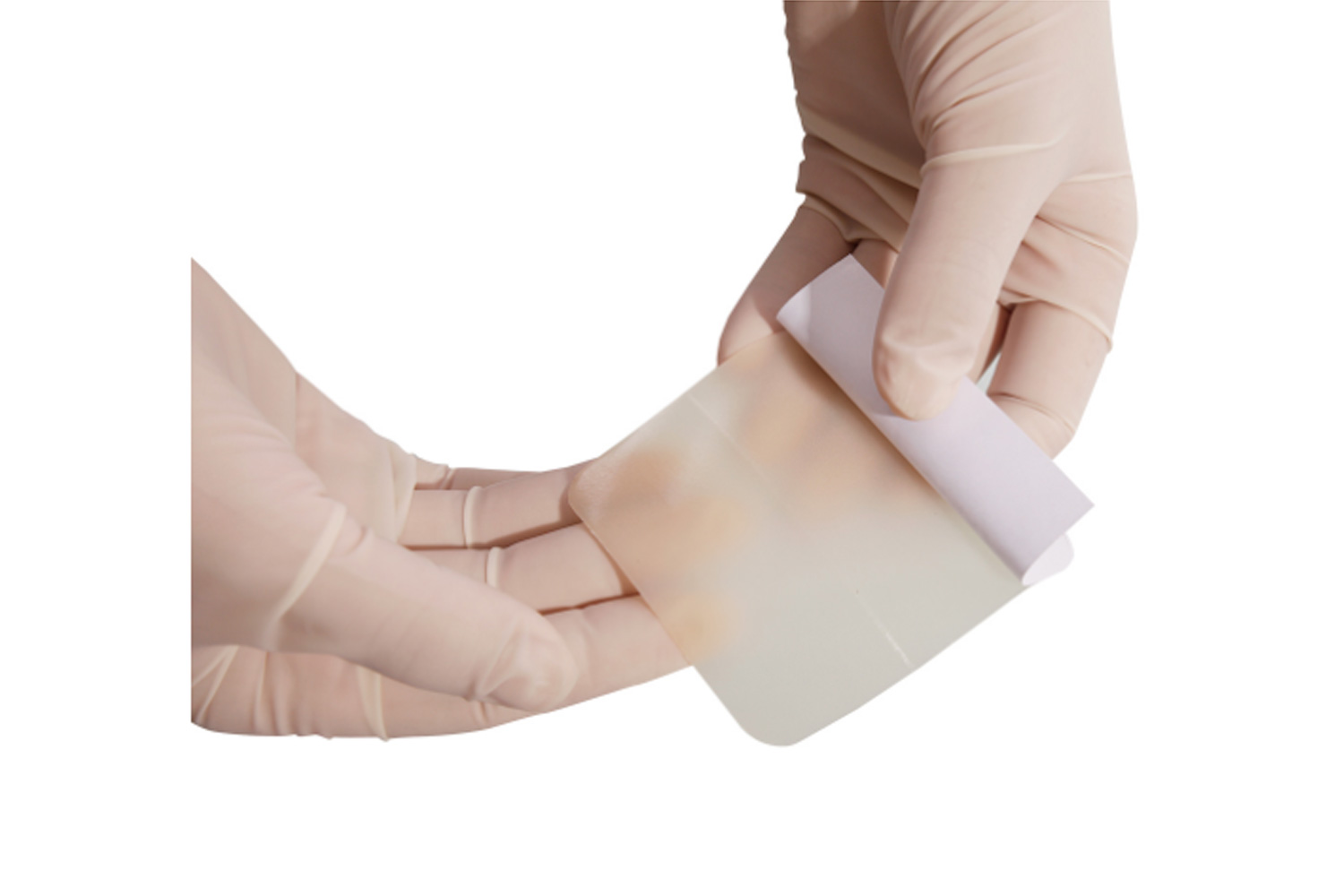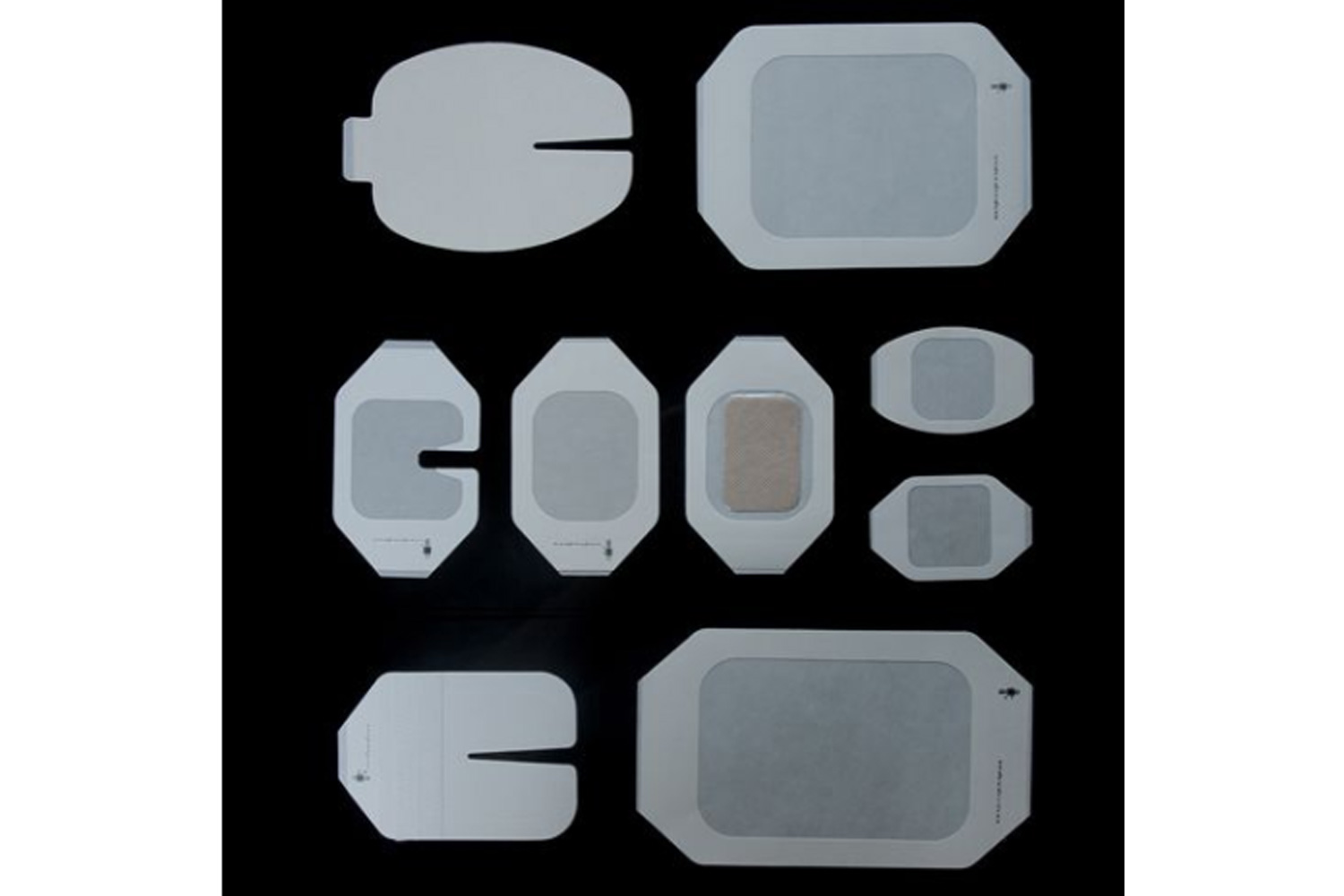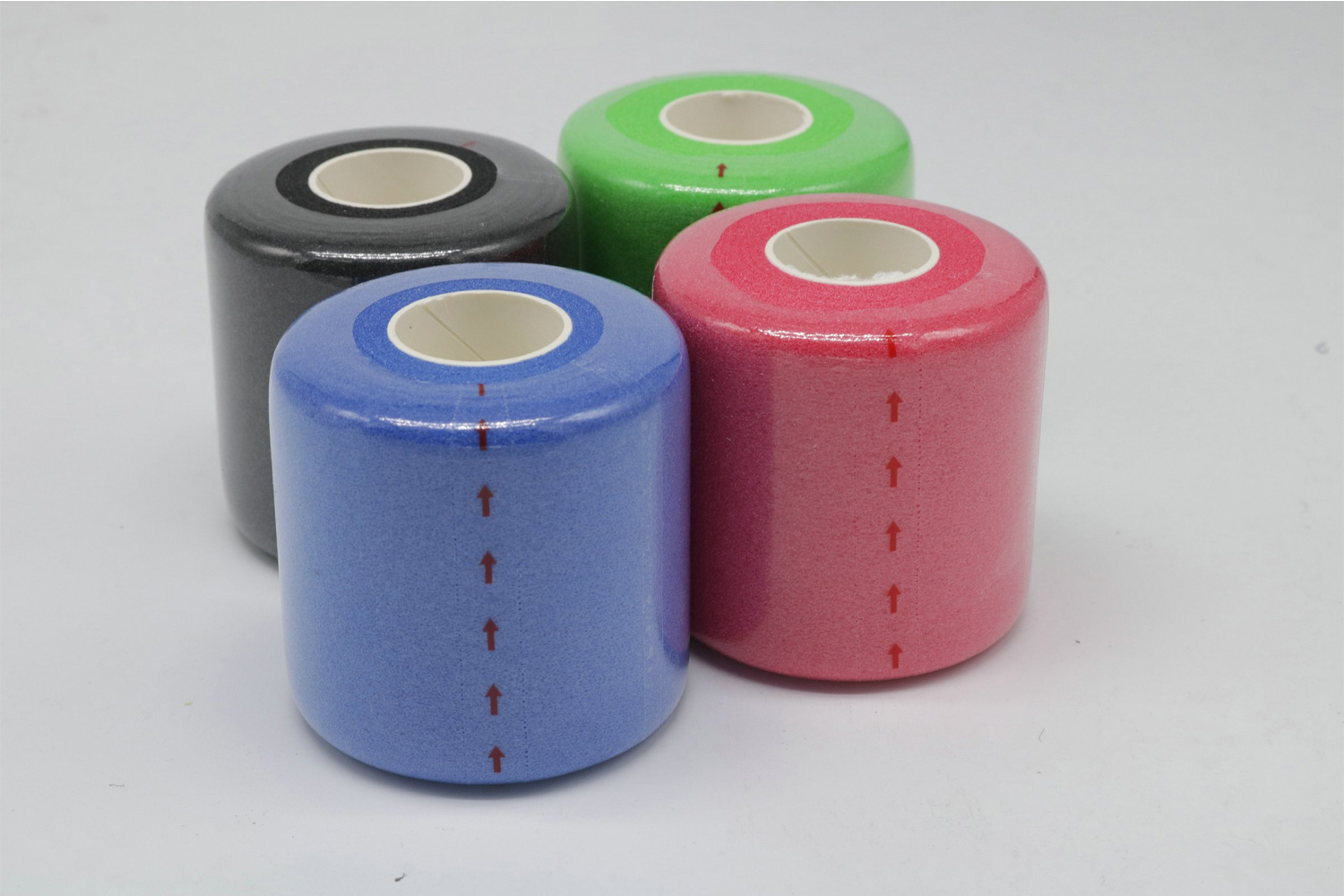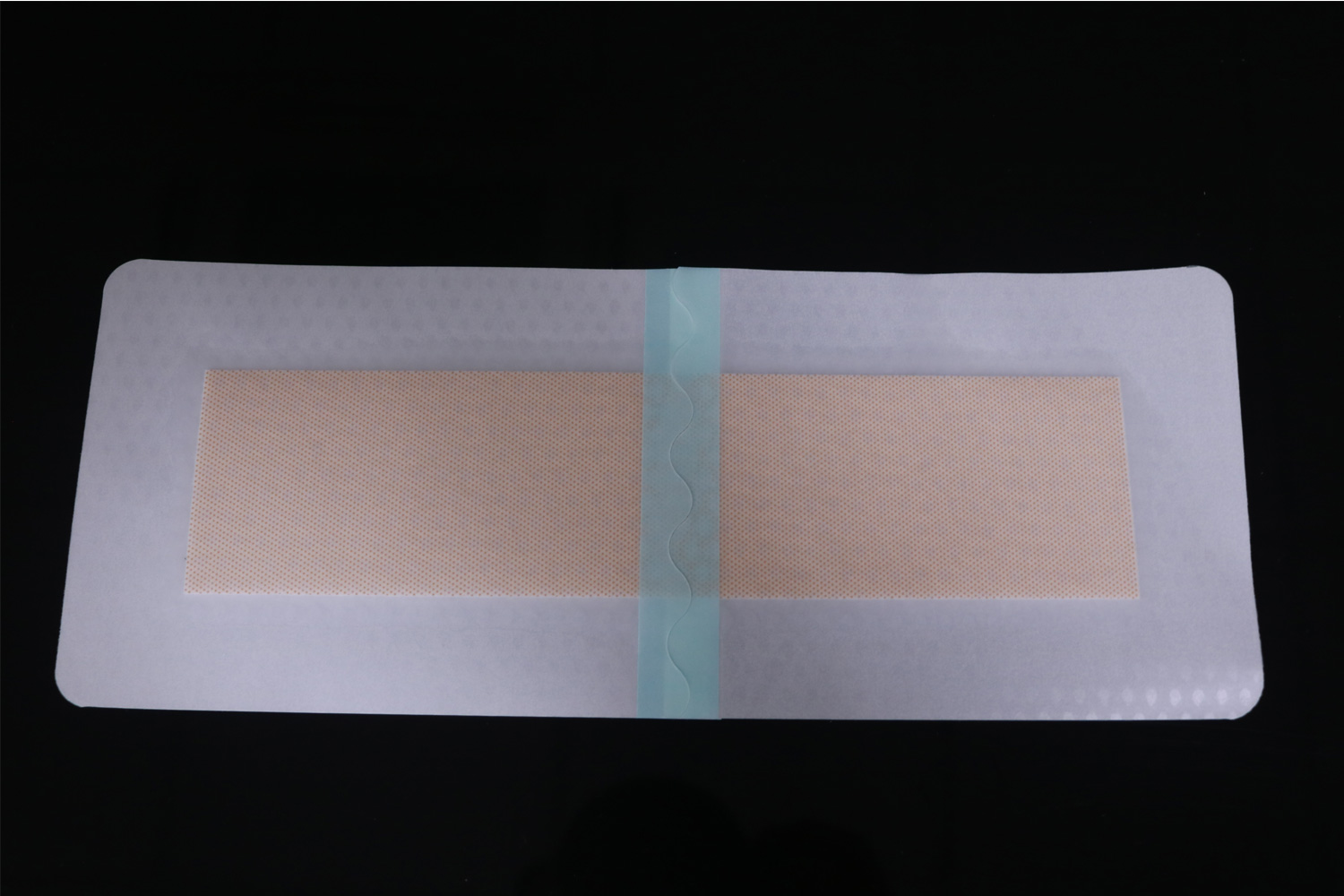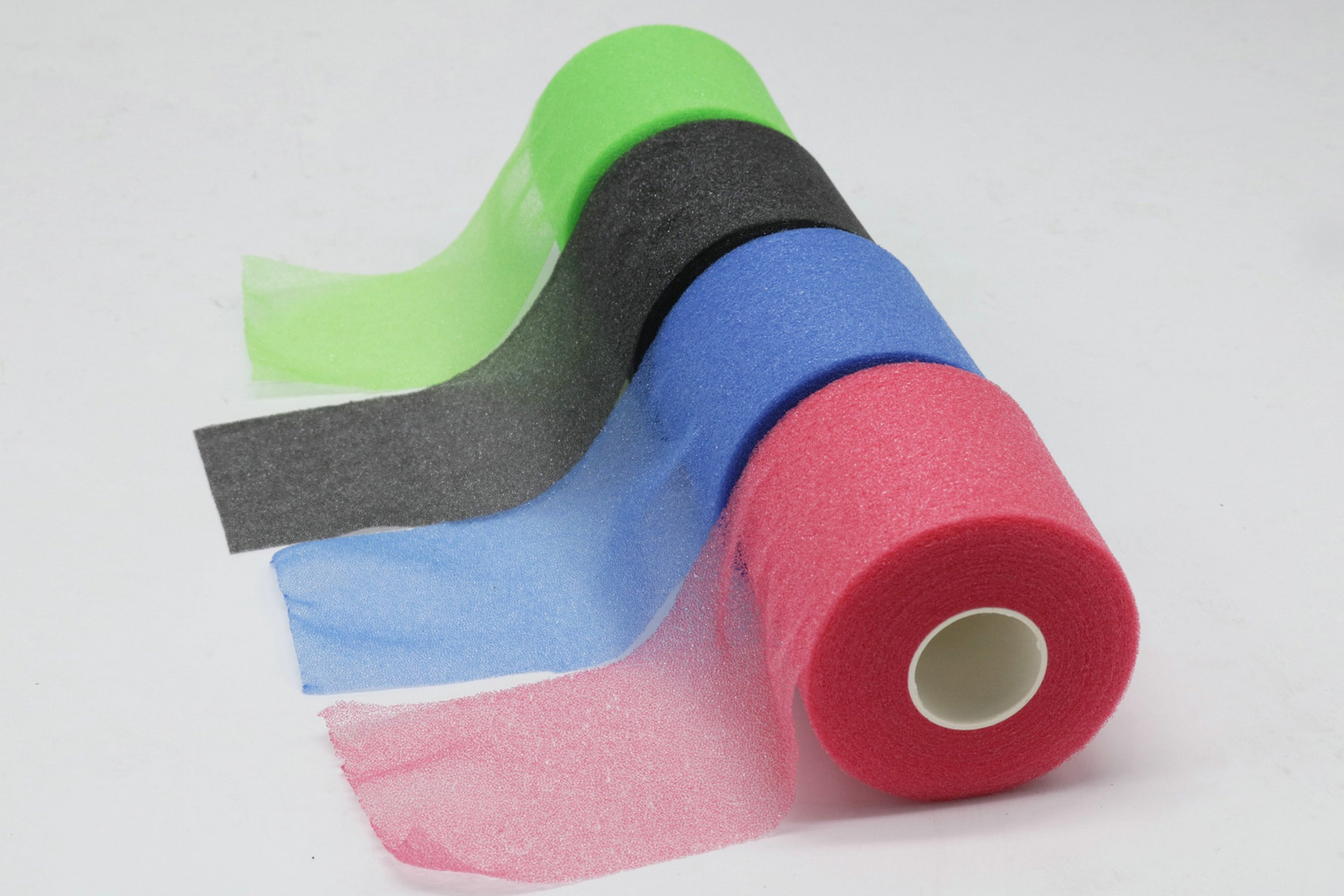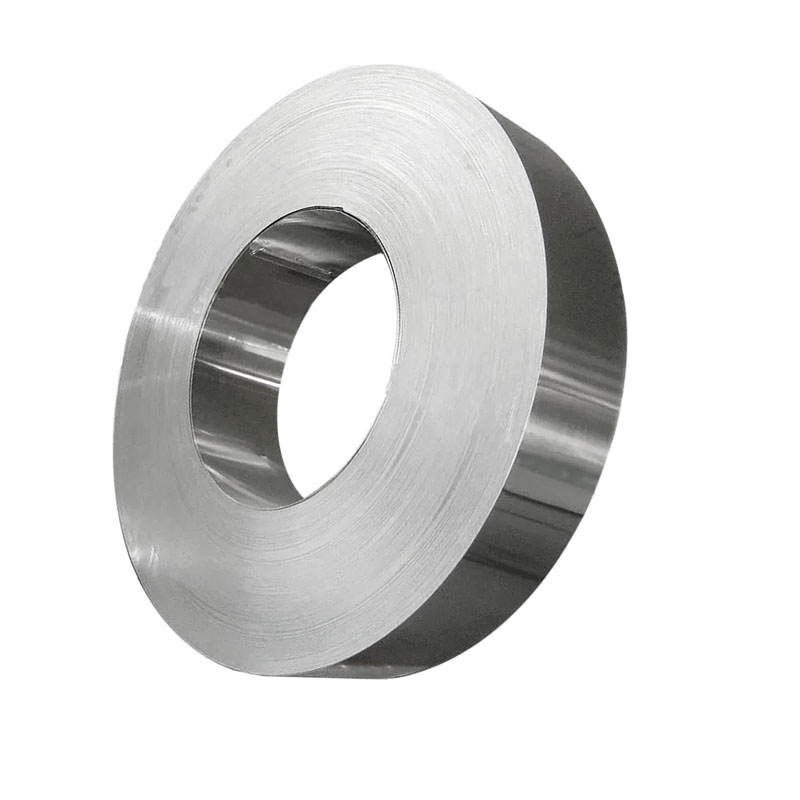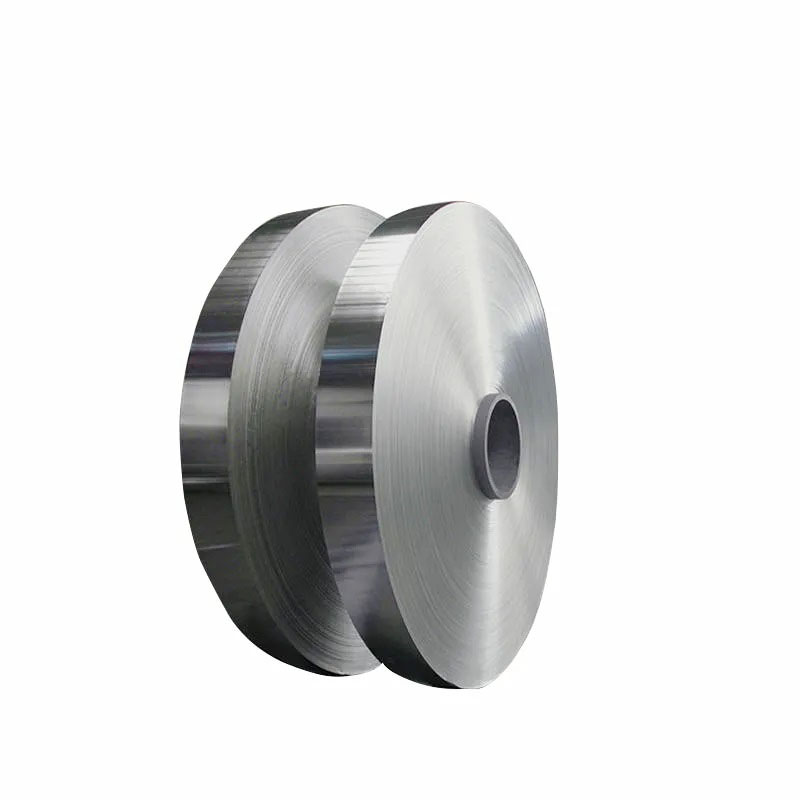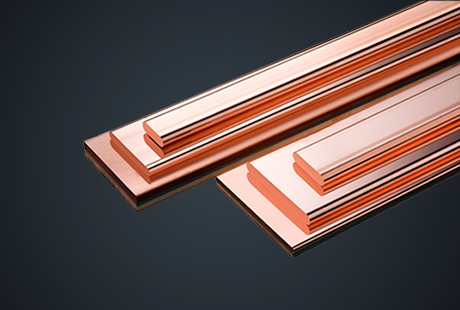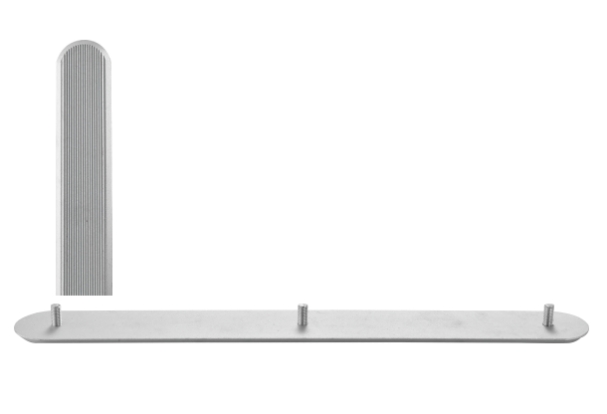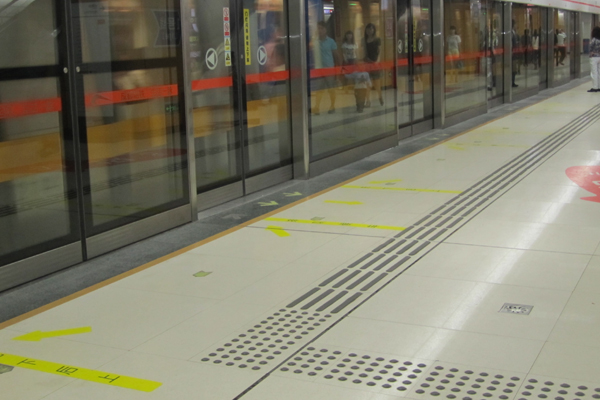Hydrocolloid Wound Dressing


Hydrocolloid wound dressing is a wafer type of dressing that contains gel-forming agents in an adhesive compound laminated onto a flexible, water-resistant outer layer. This transparent hydrocolloid dressing is a wound dressing designed for a wide range of lightly to moderate exuding wounds, such as pressure ulcers (stage I and II), leg venous ulcers, first and second-degree burns, skin grafts and donor sites, post-operative and traumatic wounds. Thehydrocolloid bandages for scars also can be used on cavity wounds when used as a secondary dressing.
Hydrocolloid Dressing Application
For patients with acute abrasions, pressure ulcers and burns, arteriovenous ulcer wounds.
For mild to moderate exudate wounds, such as pressure ulcers, arteriovenous ulcers, burns, skin grafts, and donor sites, postoperative trauma, etc.
Advantages of Hydrocolloid Wound Dressing
Hydrocolloid plaster absorbs exudates and forms a gel, the gel block character minimizes pain and discomfort when removing.
Hydrocolloid bandages for cuts maintain a moist environment, facilitate the healing process, and help to reduce the scar.
Bacterial barrier and waterproof protects wounds against external contamination.
Hydrocolloid gel bandage is available in a variety of shapes and sizes, with or without adhesive border, fits wounds in a different area.
How do Hydrocolloid Dressings Work
It has the ability to absorb wound exudate. Upon absorption of the exudate, hydrophilic particles in the dressing form a gel-like semisolid substance that adheres to the wound base, providing and maintaining a moist environment conducive to wound healing.
It is sticky and can form an occlusive wound surface. Closed healing environment can promote the proliferation of microvessels and the formation of granulation tissue so as to accelerate wound healing.
Can play the debridement function. On the one hand, hydrocolloid contains endogenous enzymes that can promote the dissolution of fibrin; On the other hand, the closed environment provided by hydrocolloid dressings facilitates the removal of necrotic tissue by macrophages.
How to Apply Hydrocolloid Wound Dressing
1. Transparent patch is mainly used for wounds with less exudate, such as superficial burns, partial cortical burns, donor area wounds, post-operative wounds and skin scrapes. Sacral dressing in transparent patch is suitable for sacral caudal wound.
2. Ulcer patch is mainly suitable for wounds with low to moderate exudate, such as leg ulcers and pressure ulcers; It is also used for superficial burns, partial cortical burns, donor area wounds, post-operative wounds and skin abrasions.
3. Decompression paste is mainly used for the prevention and treatment of pressure ulcers.
4. Butterfly paste is mainly used for the prevention and treatment of pressure ulcers in difficult fixed parts.
Hydrocolloid Dressing Uses
Hydrocolloid dressings are mainly used for the treatment of chronic wounds such as pressure ulcers and venous ulcer wounds. Pressure sore is a complication of long-term bedridden patients, which is a big problem in clinical nursing work. Hydrocolloid dressings are often used to treat stage II-III pressure ulcers [1]. Many clinical studies have shown that hydrocolloidal dressings are superior to traditional gauze dressings in terms of wound healing, the number of dressings changed, and the degree of pain caused by dressings changed. For example, the results of a clinical study of stage III pressure ulcers showed that treatment with 3M hydrocolloid dressing was significantly better than that with iodophor disinfection, TDP lamp irradiation, and gauze dressing, and the time to cure was significantly shorter than that of the control group.[2]
Wound care
Hydrocolloid dressings can also be used for acute wound care. For the wounds at the donor sites, the healing time of using hydrocolloid dressings after treatment can be reduced by about 40% compared with traditional treatment [3]. Hydrocolloid dressings have a similarly beneficial effect in the treatment of superficial wounds and surgical wounds. In addition, when treating burns, hydrocolloid dressings have the effect of reducing pain in patients.
Applicable to children
Hydrocolloid is also an ideal dressing for children. Naturally active children can still play unfettered after hydrocolloidal dressings are applied because the sealing nature of the dressing protects the wound from infection by bacteria that may come into contact with it. In addition, hydrocolloidal dressings do not cause pain to children during removal [4].
Hydrocolloid Dressing Definition
Hydrocolloidal dressings are made by mixing elastic polymeric hydrogels with synthetic rubber and adhesives. The most common gel in dressings is hydroxymethyl cellulose, which sticks firmly to the skin at the edge of the wound and can swell up to 12 times when absorbed and exudated.
If you need any kinds of kinesiology tape, please contact us, as a professional kinesiology tape factory, Fuluo is willing to offer you high quality products.
Other supplier products
|
|
Cannula Fixation Dressing |
Cannula fixation dressing consists of a layer of glue-coated non-woven fabric and releases paper. IVcannula bandagesoft and elastic non-woven fabri... |
|
|
Foam Underwrap Tape |
Foam underwrap tapeis used for added comfort to prevent skin chaffing and for painless tape removal. Underwrap tapes can be used to keep football s... |
|
|
Silicone Medical Tape |
China silicone tape, polyurethane film/Polyethylene film----breathable, soft and water-proof(Polyethylene film is not applicable)
Soft silicone ... |
|
|
Dispensing Wound Dressing |
Dispensing Wound Dressing
Fuluo, a professional wound dressing factory, produces dispensing wound dressing that provides a softer feeling while pe... |
|
|
Foam Underwrap Tape |
As one of theprofessional medical tape,kinesiology tapeand wound dressing manufacturers, FULUO offers various tape products to meet different requi... |
All supplier products
Same products









